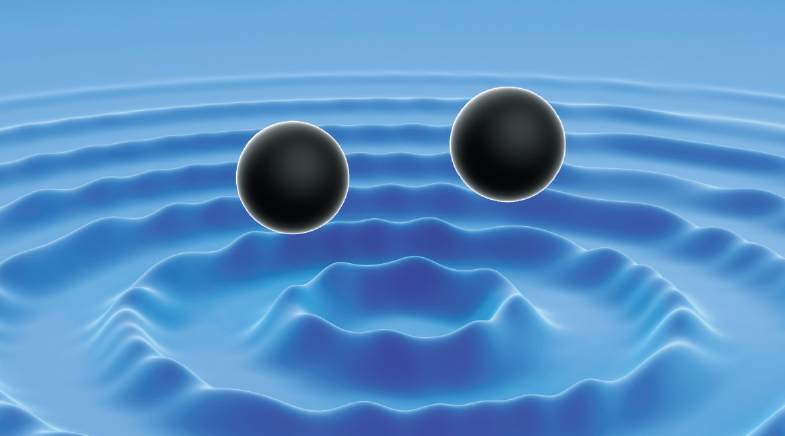Switching on the 'orphan receptor' linked to depression
-
- from Shaastra :: vol 01 issue 01 :: Jan - Feb 2022

In what could be a significant development, researchers from the U.S. and India have unravelled the structure of a tiny but critical biomolecule in the brain which is linked to neurological disorders such as acute depression and anxiety.
The study, which appeared in Science journal in November 2021, was led by Kirill Martemyanov, a neuroscientist at Scripps Research in Florida, and Appu Singh, an Assistant Professor at the Indian Institute of Technology (IIT) Kanpur.
The work is significant because very little is known about this brain-cell receptor - GPR158 - even though scientists have found its abundant presence in the prefrontal cortex region of the brain in people who suffer from manic depression. Resolving the structure of the receptor is important because scientists can now seek to understand how this receptor gets switched on. Understanding this could lead to a better therapeutic strategy for fighting depression and other neurological conditions.
Singh said Martemyanov's team had been working on this receptor for 8-10 years. "In a recent study, they found that GPR158 is present in unusually high levels in people suffering from severe depression," said Singh. "Martemyanov is the main person who worked on GPR158's function. Then he contacted me as he is not a structural biologist," said Singh, who joined the IIT Kanpur faculty a couple of years ago.
Studying GPR158, however, has not been easy. It is called an "orphan receptor" because scientists haven't yet identified the molecule responsible for turning its signalling function "on" in a manner similar to flipping a switch.
The receptor is also considered unusual because, unlike most receptors in its family, it exists in the brain in close association with a protein complex called the RGS signalling complex. RGS is short for "regulator of G protein signalling" and it acts as a powerful brake on cellular signalling. However, it is unclear why GPR158 engages it.
In the study, solving the receptor's structure offered insights into how GPR158 works. First, scientists found that it binds the RGS complex in the same way that many receptors typically engage their conventional transducers, leading to the idea that it employs RGS proteins as a means of transducing its signal. It also revealed that the receptor exists as two interconnected copies of the GPR158 proteins stabilised by phospholipids.
Finally, on the other side of the receptor that faces outside of the cell, an unusual module called the cache domain was revealed. The authors believe it serves as a trap for the molecules that activate GPR158. Cache domains have never been observed in these types of receptors before.
Dipak Patil, a staff scientist in the Martemyanov laboratory and first author of the study, said in a statement that solving the structure provided many new insights.
"I am thrilled to see the structure of this unique GPCR (G Protein-Coupled Receptor). It is the first of its kind, showing many new features and offering a path for drug development," said Patil, who had earlier studied at IIT Roorkee.
Another Indian scientist involved in the project was Shikha Singh, a postdoctoral fellow at Columbia University, who worked with Singh in unravelling the GPR158 structure.
Have a
story idea?
Tell us.
Do you have a recent research paper or an idea for a science/technology-themed article that you'd like to tell us about?
GET IN TOUCH














